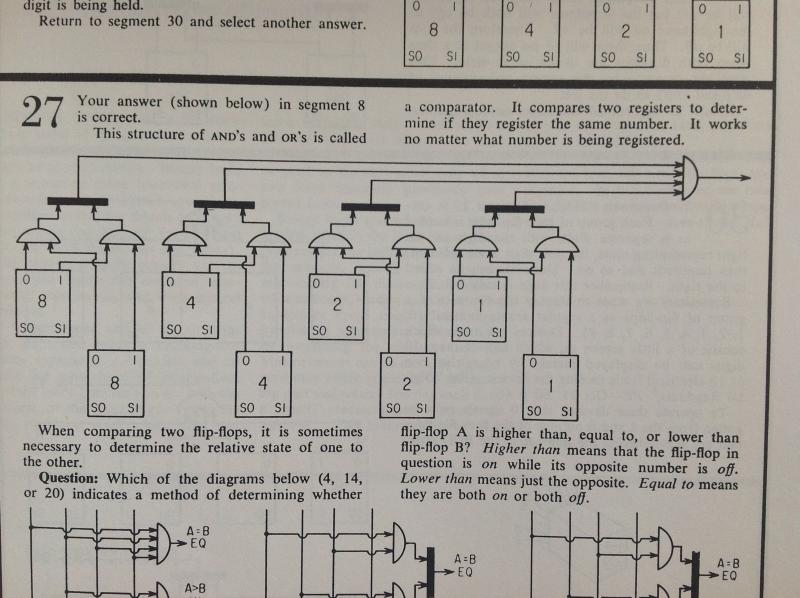
Outside my window, a spray of cleansing spring rain washes over buildings and landscapes. Just as the world is awakening from winter, I’m recovering from last year’s big projects and preparing for an onslaught of new technical challenges. At times like these, it’s important to pause, take a breath, and remember how we got here.

So, I’d like to ask: was there a specific moment in time when you knew you were going to be an engineer? Was there someone in your life—a teacher or relative, say—who inspired you?
For me, the clearest signpost on the road was the book my grandfather shared with me when I was about ten years old.
Grampy was a consummate engineer. He designed circuits by day and tinkered with radios in his garage laboratory by night. He spoke to people across the world in a time before the Internet made that commonplace. Sometimes he’d let me hang out in the lab with him. The cigar smoke from the nearby ashtray would mingle with the smell of warm analog components as he patiently went over the basics of DC circuits: voltage, current, and resistance.
These talks were a revelation for me. I loved science in school, but had no notion of what people actually did with scientific knowledge in their day jobs. There were hazy notions of people wearing lab coats and peering into test tubes, but that was about it. The concept of engineering as a discipline was still a big unknown to me. But that would soon change.
The Book
One day, Grampy handed me a book. It was a dusty, cobwebbed three-ring binder containing a series of 1960s-era articles from Product Engineering magazine. The series was called Binary Logic, by William S. Bennett. It was a beginner’s lesson in digital design, broken into episodes that ran once per issue.

Within each episode, Bennett explained a different facet of binary logic in a novel form. He’d explain a concept, then present a puzzle and a multiple-choice question.

Once you’d applied the lesson and decided on your answer to the question, you’d turn to a numbered section based on your answer. If you were wrong, Bennett would gently explain why and then send you back to retry the question. If you were right, you’d get another lesson and another puzzle. It was a bit like the Choose Your Own Adventure books that would appear a couple of decades later, but with a decidedly technical bent.
Each new article in the series would take you through ten or so questions, and then leave you with something to look forward to for the next installment. (Since I was reading this work in the 1980s, I had the luxury of playing through the episodes back to back.)
Bennett started the series with the simplest of logical concepts: AND, OR, and NOT gates. He would then build these into more and more complex arrangements. By the time you’d made it to the end of the series, you’d seen key components of CPUs, including memory registers, arithmetic operations, and comparators.
It’s as if Bennett has tricked us, his readers, into designing a computer.

This book tied together so many factors that led me to engineering. It’s a tangible reminder of evenings spent learning Ohm’s Law in Grampy’s lab, surrounded by radio components and old ARRL handbooks. It’s a symbol of his love and encouragement. It’s a first taste of applied science—taking all those beautiful laws of physics we were learning about in school and finding a way to build something real with them. Finally, it’s a challenge to pass along the excitement of engineering—to write clearly and teach engagingly.
So, how about you? What person, place, object, or moment in time set you down the road to engineering? Share your stories in the comments.


